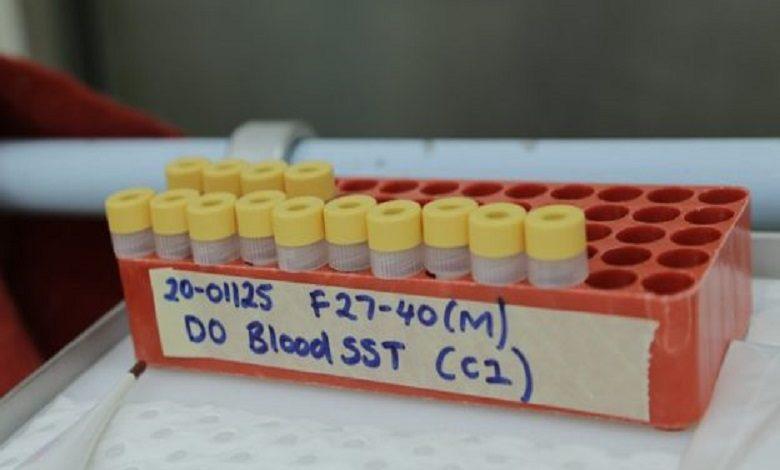Australian scientists test Covid-19 vaccine

Australian Scientists have started testing two potential vaccines against coronaviruses in “large” laboratory trials. The vaccines, manufactured by the University of Oxford and the American company Inovio Pharmaceutical, have been authorized by the World Health Organization to be tested on animals.
The Australian national science agency will assess whether the vaccines are effective and safe for humans. The first human trial took place in the United States last month but skipped a step in animal testing. Several other vaccines are currently being developed around the world at an extraordinary rate.
But the Commonwealth Scientific and Industrial Research Organization (CSIRO) of Australia says its trials will be the first comprehensive pre-clinical trials of vaccines to use an animal model. The researchers said the speed and level of global cooperation that led to this milestone were unprecedented.
“Normally, it takes about one to two years to reach this point, and we have actually reduced this time to a few months,” CSIRO’s Dr. Rob Grenfell told reporters on Thursday.
How will the vaccine work?
In recent days, the CSIRO team has inserted vaccine samples into ferrets – small furry mammals that have been shown to contract Coronavirus in the same way as humans. Sars-CoV-2 is a virus that causes Covid-19 disease. There are at least 20 vaccines under development around the world.
CSIRO is testing two options selected by a global consortium that oversees most of this research, the Coalition for Epidemic Preparedness Innovations.
One of the options, developed by the University of Oxford, is a vector vaccine. It uses an “inactive” virus to introduce proteins from the Coronavirus into the immune system and induce a response. “But they are not able to replicate … so there is no possibility of getting sick with this particular vaccine,” said Professor Trevor Drew, director of the Australian Animal Health Laboratory in the State of Victoria, where the tests are performed.
He described the other vaccine – Inovio’s vaccine – as “rather different but exciting”. It is designed to code specific proteins in the Coronavirus for the immune system, prompting the body’s cells to generate these proteins before the immune system reacts to them. “It is very important to take a multi-pronged approach,” said Professor Drew. “It gives us the best chance of success.”
How soon can we get results?
The first results of the animal tests could be revealed as early as June, the scientists said. If successful, the vaccines could then move on to clinical trials that could be conducted in other laboratories. At this point, the race to introduce a drug against Covid-19 on the general market could be accelerated. However, experts warn that it would still take a minimum period of 18 months to meet regulatory standards.
The University of Oxford’s vaccine, for example, is also being tested by another laboratory on a separate animal to comply with US regulations. “All vaccines actually involve a multitude of other companies and organizations because no single organization can produce a vaccine,” said Dr. Grenfell. But he said he was “optimistic” about the work, given the level of global collaboration.
“It is a true collaboration between the academic, public, and private sectors, which has made it possible to achieve success at this stage,” he said.




